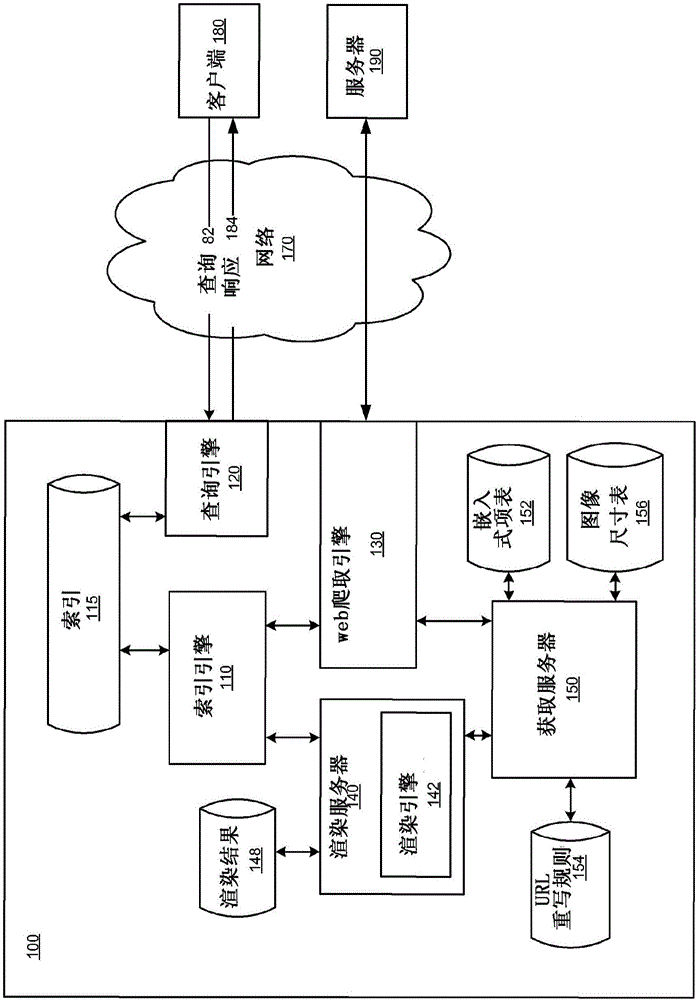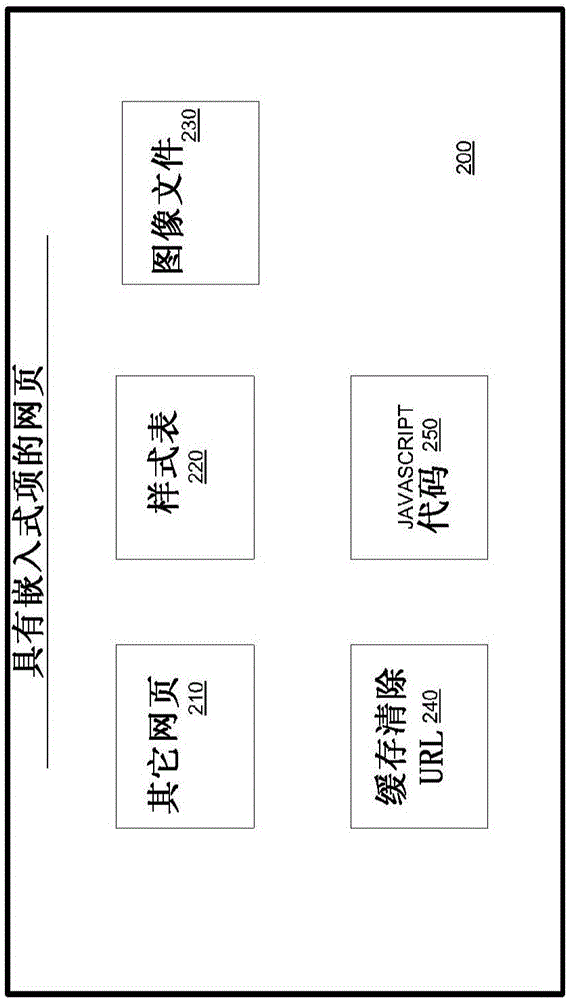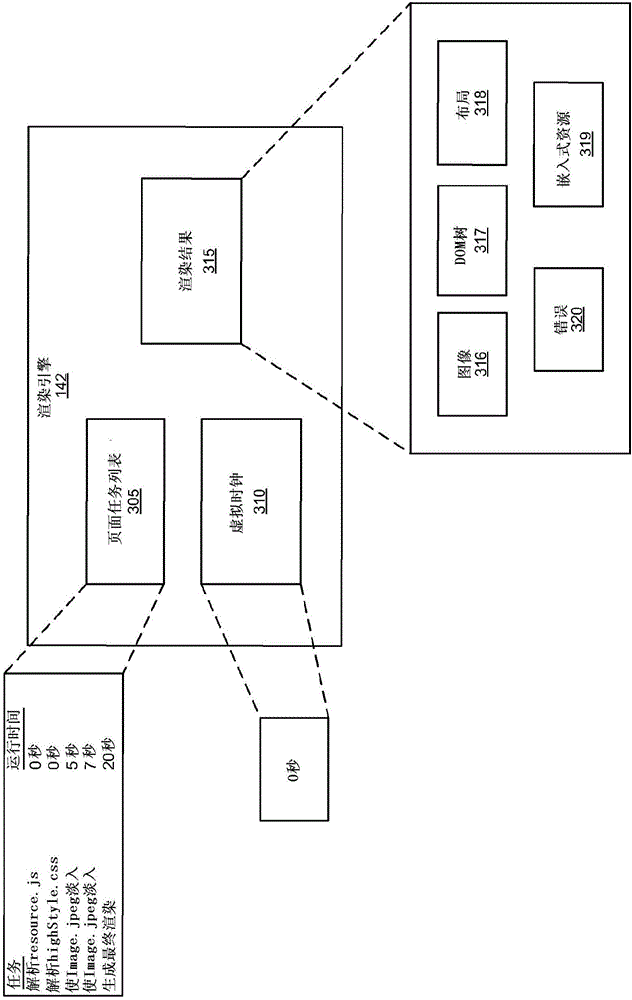Batch-optimized render and fetch architecture
A batch processing and processor technology, applied in the field of batch optimization rendering and acquisition architecture, can solve problems such as difficulties, and achieve the effect of avoiding timeout errors and common errors
- Summary
- Abstract
- Description
- Claims
- Application Information
AI Technical Summary
Problems solved by technology
Method used
Image
Examples
Embodiment Construction
[0024] In order to completely render a web page, the contents of all embedded external resources in the web page must first be obtained. These resources may include (but are not limited to) external images, JavaScript code, and style sheets. The same external resource is often embedded in many different web pages. While it is efficient for a single user's web browser to request external web page resources such as Google Analytics JavaScript code in real time (i.e., while rendering the page that embeds the resource), it is neither feasible for a batch rendering engine to do so It doesn't work either. For example for the web page indexing process, the batch rendering engine is designed to efficiently and quickly render large numbers of web pages at once. But fetching embedded external resources can be slow, and sometimes such resources are not critical to the batch process (e.g. no one user is viewing the final rendered product). To improve the processing time for rendering w...
PUM
 Login to View More
Login to View More Abstract
Description
Claims
Application Information
 Login to View More
Login to View More - R&D
- Intellectual Property
- Life Sciences
- Materials
- Tech Scout
- Unparalleled Data Quality
- Higher Quality Content
- 60% Fewer Hallucinations
Browse by: Latest US Patents, China's latest patents, Technical Efficacy Thesaurus, Application Domain, Technology Topic, Popular Technical Reports.
© 2025 PatSnap. All rights reserved.Legal|Privacy policy|Modern Slavery Act Transparency Statement|Sitemap|About US| Contact US: help@patsnap.com



